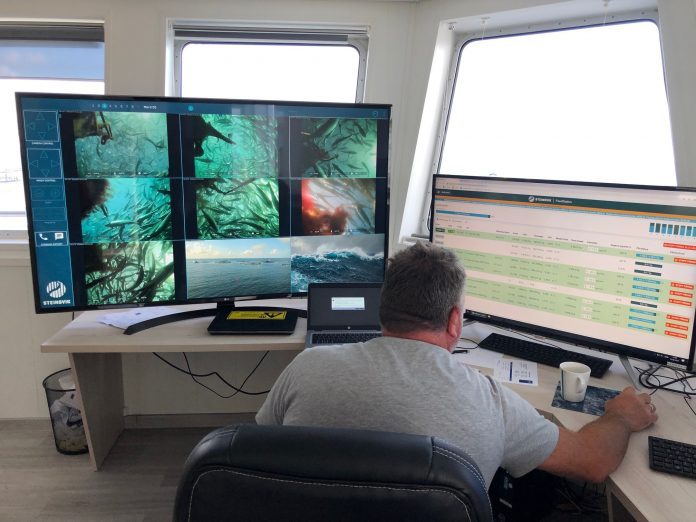Is Fish Pool’s forward curve too optimistic?
There’s been a sharp fall in the salmon spot prices – it’s gone down EUR 3 in three months. Alongside this, the biomass in Norway has increased by ten per cent in one year, fuelled in large part by rising feed sales. Feed sales ended at 208,000 tonnes in August.
 And there’s not only been high growth and activity reported in Norway, but Scotland has too. That means large numbers of fish will be slaughtered in the coming months. Much more than last year and the years before that.
And there’s not only been high growth and activity reported in Norway, but Scotland has too. That means large numbers of fish will be slaughtered in the coming months. Much more than last year and the years before that.
The same applies to the close substitute trout which looks and tastes similar to the atlantic salmon. A rising number of international markets have opened their eyes to this.
But back to the salmon – and cold stores in Norway are being filled with the fish, both for future processing and sales.
This scenario is presenting problems for the optimists.
Investment banks such as Nordea Markets have reduced their profit estimates for the fish farming stocks and also lowered estimates for the salmon price. As a function of that, targets and recommendations for the fish farming shares have also been downgraded.
But is any of this actually surprising? We don’t think it is.
The so-called forward price of the Fish Pool salmon exchange has not seen any major changes. The price decline looks like a short term phenomenon.
In fact, we predict the spot price will rise by EUR 1/kg on average as early as next month. The curve also outlines, based on bids and offers from suppliers, customers, middlemen and financial players, that there will be average prices in excess of EUR 6/kg from January through to June next year.
Given the expected harvesting pressure in the market in the coming months, this seems to be far too optimistic.
How the price comes together depends on the supply of fish and the demand for it. When the supply side has increased to a level not seen in recent years and the demand side doesn’t follow it, there will be a tougher price pressure than the forward price suggests.

